I remember my father every time I see a picture (or film) of Queen Elizabeth. There have been some successful but controversial Netflix documentary and drama series about the royal family in recent times, but all of these, even if critical of British aristocracy in general, have grudgingly celebrated Queen Elizabeth’s dignity, poise, and commitment.
Well, it was July 1947, and my father was about nine years old, studying at the Bengali Boys Senior Secondary School at Kashmiri Gate in Delhi. He remembered being in the middle of a class test, when important looking officials accompanied by policemen entered the school. They were holding a large brown-paper envelope, and more curiously, the accompanying policeman was carrying a large easel. My father returned to his test, thinking it must have something to do with the school principle.
But soon there was a commotion in the corridors. The officials, policemen, their big brown paper packet, and easel were being marched into every classroom. Some of the boys, out of utter intrigue for the novelty of this mission, were following these men from one classroom to the next. It was indeed curious, and everyone stopped writing their tests and waited in anticipation. Soon the entourage came striding into the room, and without ado, set up the easel. The officer opened the large brown paper envelope and carefully withdrew a picture from it. This picture, showing a smiling British couple, was placed with great care upon the easel. The young woman was smiling broadly, looking intimately into the camera with the ease of practice – almost like a film star, and the man was tall, and handsome, dressed in uniform.
Then the officer proceeded to tell the boys, that this was a portrait of their queen (ini amader rani) who had recently become engaged to be married, to the man next to her. She was Rani Elizabeth, and he was Rajputra Phillip. The important part followed after these introductions. The wedding of our Rani Elizabeth and Rajputra Phillip was fixed for November (bibaaho-somponno hoibe), and she had very kindly, and cordially invited every single of her Indian subjects to tea at the Buckingham Palace.
My father was deeply moved by the wedding invitation of an unknown British couple even if they were the rulers of India since he had only attended the weddings of extended clan members till then. Some of the children clapped. The officer was unmoved by the enthusiastic response since it was common enough, and he unclipped the picture from the easel. Putting it back into the brown envelop deftly and carefully, the easel unhooked and clapped together, the entourage moved on. It was a sudden experience – the Queen no one knew, and who lived far away – someone Mahatma Gandhi was somehow against, had smiled intimately at them from the photo, and had invited them for tea (chaa khete) to London.
Years later, browsing through Queen Elizabeth’s engagement photographs on the internet with my father, now past his 75th birthday, I asked him whether he recognized any of the pictures as the one shown to them in his classroom in July 1947. He peered carefully at some of the photos we were scrolling through, and then shook his head. Nah! They all really looked the same!
 There was a sequel to the story though. The deep impression of the Queen’s intimate sociality with her subjects in July 1947, in a nation paradoxically on the brink of independence, had remained with my dad. When Prince Charles visited India and Delhi University for the first time in November 1980, he had been especially interested in the anthropology department, where my father worked as an associate professor. Gracious like all the rest of the royal family, he cordially shook hands with everybody, said how do you do, and answered questions.
There was a sequel to the story though. The deep impression of the Queen’s intimate sociality with her subjects in July 1947, in a nation paradoxically on the brink of independence, had remained with my dad. When Prince Charles visited India and Delhi University for the first time in November 1980, he had been especially interested in the anthropology department, where my father worked as an associate professor. Gracious like all the rest of the royal family, he cordially shook hands with everybody, said how do you do, and answered questions.
My father said it slipped out inadvertently. But he suddenly blurted out to Prince Charles that as a school child, he been invited at his parent’s wedding. It was a horribly embarrassing, mortifying moment. It was the stuff typical uncle-jis said to strangers at weddings or birthday parties, indicating that they were not strangers after all. My father was further embarrassed about his gaffe, that had been followed by a small ensuing silence, when the crowds around them broke out in loud guffaws of laughter. Mostly to ameliorate tension, they pretended that it was Prince Charles, who had somehow cracked the biggest joke of the year. It is a thing, I have come to notice through the years, that is as an important feature of Indian socialization. Like cats who lick when in doubt, Indians laugh when feeling uncomfortable or unsure of themselves. They mimic the laughter they think their foolishness elicits from others. By laughing at themselves, they retrieve their dignity, combining it with the lethal axiom of British humour – the ability to laugh at oneself.
The moment would have passed, if not for Prince Charles, who did something equally surprising. Initially non-plussed at the unexpected remark, he looked genuinely interested and asked my father about the incident. Returning the explanation with a broad, understanding smile, he graciously replied that my father and his friends should have really made it to the tea party. It would have been jolly good fun! It was an incongruous, embarrassing conversation across the rifts and expanse of the British-Indian colonial encounter, that Prince Charles without guile, had charmingly accepted, with good humour.
My father travelled to Britain several times in his professional career, and though he felt revulsion at the shamelessness with which colonialism was celebrated, and the shameless appropriation of materials acquired from India displayed in British museal collection – especially the Kohinoor diamond, this pain, rage, and revulsion was also a complicated. Combined with strong nostalgia about the intimate childhood sociality of interpersonal bonds in British India – the ambivalences of growing up as the Queen’s subject, a recipient of her friendly intimate smile, wedding invitation, and the graciousness of her son, these were simultaneously, strongly embroiled with experiences of English colonial oppression.
Seeing Britain from German eyes, it is sometimes difficult to explain this poignant nostalgia of the history of childhoods spent in British India – just as it is difficult to explain to Indian teenagers today, the poignant nostalgia of growing up at a time when there was no Partition.
*

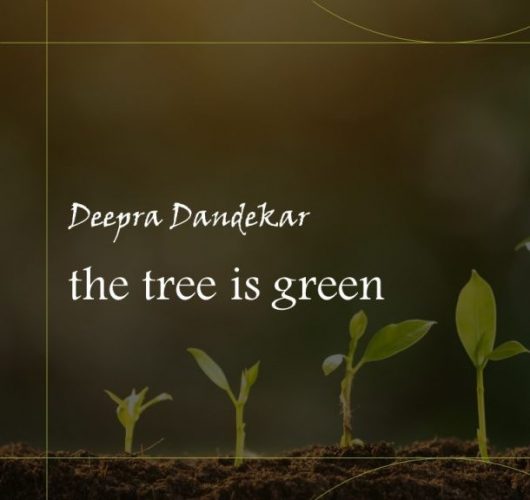

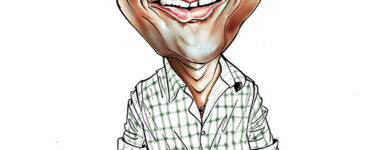

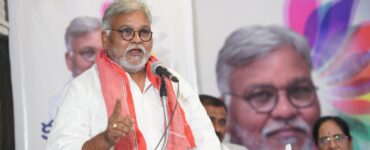
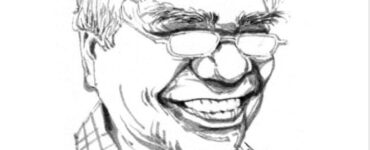

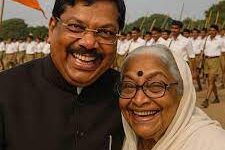
Add comment